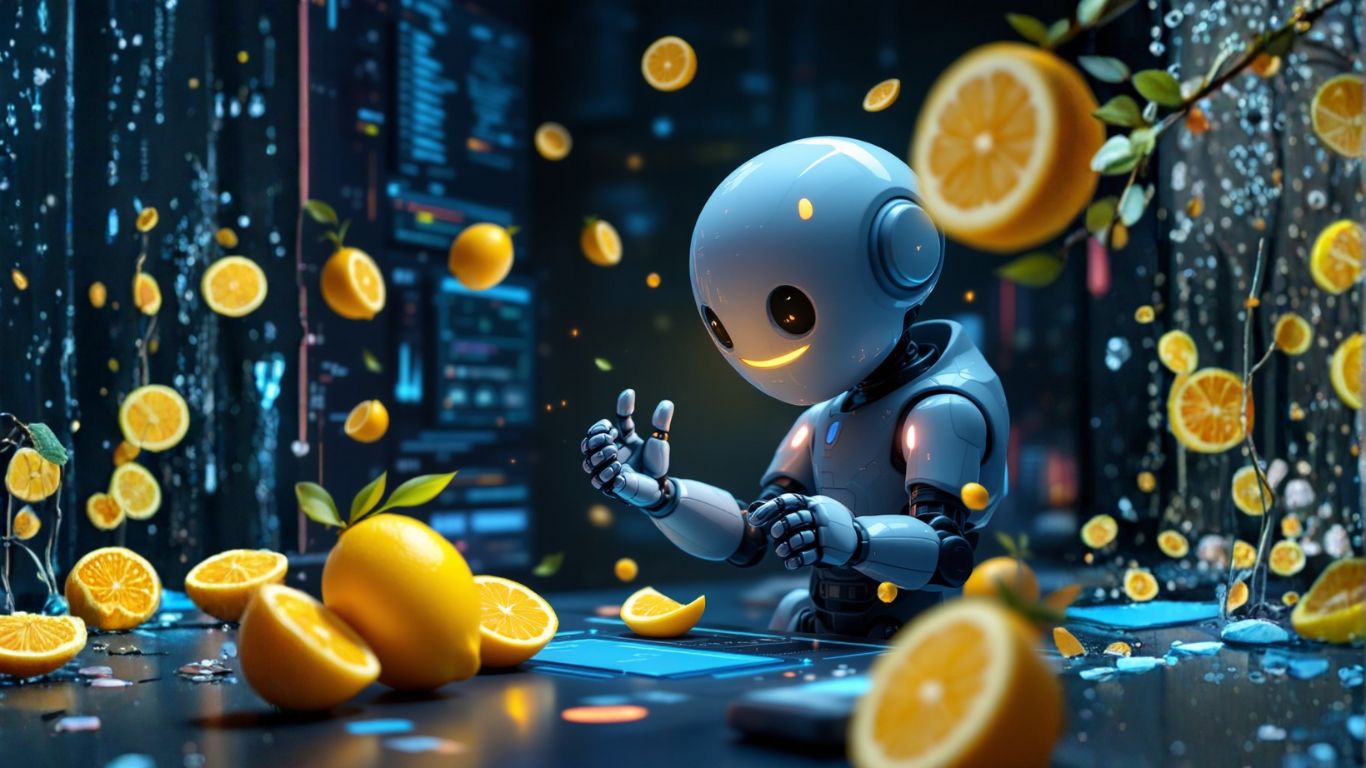When to Upgrade: Troubleshooting Aging AI Models
Your AI model has been a powerhouse, driving efficiency and insights for your business. But lately, you’ve noticed a dip in its performance. Responses are becoming less accurate, predictions are faltering, and the clever insights it once provided seem less sharp. This common scenario points to a critical question: is your AI model aging, and when is it time to upgrade?
AI and machine learning models are not static, they operate within dynamic environments. Just as businesses evolve, so does the data landscape, user behavior, and the underlying technology. This means that even a perfectly built AI model can degrade in performance over time, a phenomenon often referred to as “model drift.” Before you commit to the potentially significant cost and effort of upgrading, it’s crucial to understand if the issue is truly with the model itself or if it can be resolved through troubleshooting.
Signs Your AI Model Might Be Aging or Underperforming
Detecting model degradation is key to proactive AI management. Here are common indicators that your AI model might need attention:
1. Declining Accuracy and Increased Errors
This is the most direct sign. Whether it’s a customer service bot making more mistakes, a prediction model becoming less precise, or a content generator producing lower quality output, a consistent increase in errors signals a potential problem. This is your AI feeling “off” after an update, where its responses become bland or it misunderstands instructions.
2. Reduced Relevance of Outputs
The AI’s responses might still be grammatically correct and coherent, but they’re no longer as relevant or insightful as they used to be. This can happen when the underlying patterns in the data the model was trained on have changed.
3. Inconsistent or Unpredictable Behavior
If your AI assistant’s responses or predictions start becoming erratic, sometimes performing well and other times failing spectacularly, it suggests the model is struggling to adapt to current conditions.
4. Slower Performance
While not always a sign of aging, a noticeable slowdown in response times can sometimes indicate that the model is becoming less efficient, perhaps due to being overwhelmed by new data patterns or internal inefficiencies.
5. Poor Handling of New or Edge Cases
Models are trained on historical data. When faced with new scenarios, emerging trends, or ‘edge cases’ not well represented in its training data, an aging model may struggle to provide appropriate responses or predictions.
Troubleshooting Before You Upgrade
Before investing in a new model, it’s essential to rule out simpler issues. Many performance dips can be resolved with adjustments to your workflow or data.
Step 1: Re-evaluate Your Instructions (Prompts)
Just as with no-code bots, the AI model’s understanding is heavily influenced by your instructions.
-
Clarity and Specificity: Ensure your prompts are as clear and specific as possible. Are you asking for exactly what you need?
-
Contextual Updates: If the environment or task has changed, does your prompt reflect this new context?
-
Simplicity Test: Try a very basic, direct instruction to see if the model responds predictably. If it fails even here, the issue might be more fundamental.
Step 2: Review and Refine Your Data Pipeline
The data feeding your AI model is crucial. Performance degradation can often be traced back to issues with the data itself.
-
Data Drift: Has the statistical distribution of your input data changed significantly from the data the model was originally trained on? This is a classic sign of model drift. ML model quality degrades due to changes in their operating environment.
-
Data Quality: Are there new inaccuracies, missing values, or formatting errors in the data being fed to the model?
-
Data Volume: Is the model receiving sufficient and timely data?
Step 3: Check for Software or Integration Issues
Sometimes, the problem isn’t the model itself but the surrounding ecosystem.
-
API Connectivity: Ensure seamless communication between the AI model and any other systems it interacts with.
-
Software Updates: Have there been recent updates to the platform hosting your AI model, or the software you use to interact with it, that might cause compatibility issues?
-
Resource Availability: Ensure the system hosting your AI model has adequate processing power and memory.
Step 4: Assess Model Configuration
-
Parameter Tuning: Have the model’s configuration parameters (like temperature, top-p, or frequency penalties) been optimized for its current use case? Sometimes, what worked initially may need adjustment as your needs evolve.
-
Recent Model Updates: Even if you haven’t initiated an upgrade, underlying AI models provided by vendors are often updated automatically. Sometimes an AI model “got an update, & now it’s worse.” If this happened, you might need to adjust your prompts or consider reverting if possible.
Step 5: Performance Monitoring and Benchmarking
-
Establish Metrics: Have you consistently tracked key performance indicators (KPIs) for your AI model? Without benchmarks, it’s hard to objectively say performance has declined.
-
Retrain vs. Rebuild: For some models, a retraining process with updated data might be sufficient. Scheduled retraining as a straightforward approach, but warns it can sometimes make things worse without a solid evaluation procedure.
When It’s Time to Upgrade Your AI Model
If you’ve gone through troubleshooting and the model’s performance doesn’t improve, it’s likely time to consider an upgrade or a rebuild.
1. Persistent Data Drift
If the core patterns in your real-world data have fundamentally shifted, an old model trained on outdated patterns will struggle. A new model trained on current data is often necessary.
2. Significant Technological Advancements
The field of AI is moving at an incredible pace. Newer models often offer superior capabilities, efficiency, and understanding. If your current model is several generations old, a newer one could provide a substantial uplift. Training large-scale AI models can be costly, and keeping them up-to-date requires ongoing investment.
3. Evolving Business Needs
As your business grows and its needs change, a model that was once sufficient might no longer meet your requirements. You may need a more sophisticated model for new tasks or greater capacity.
4. Cost of Maintenance vs. Upgrade
Sometimes, the effort and resources required to keep an aging model performing adequately can exceed the cost of upgrading to a newer, more efficient solution. Build models that learn and stay ahead of their environment at machine speed.
How to Approach an Upgrade Strategically
-
Define Clear Objectives: What specific improvements are you looking for with the upgrade?
-
Test New Models: Before fully committing, test newer models with your current data and prompts to see if they offer a measurable improvement.
-
Consider Fine-Tuning: Instead of rebuilding from scratch, consider fine-tuning an existing newer model with your specific data.
-
Phased Rollout: Implement the upgraded model gradually to monitor its performance in real-world conditions.
Troubleshooting aging AI models is an ongoing process. By systematically diagnosing issues and understanding the signs of degradation, you can make informed decisions about when to refine your existing model and when to embrace the power of an upgrade.
Keep your AI at the cutting edge.
Explore how LaunchLemonade can help you build and manage AI agents that adapt and perform. Try LaunchLemonade now or Book a demo to learn more.





